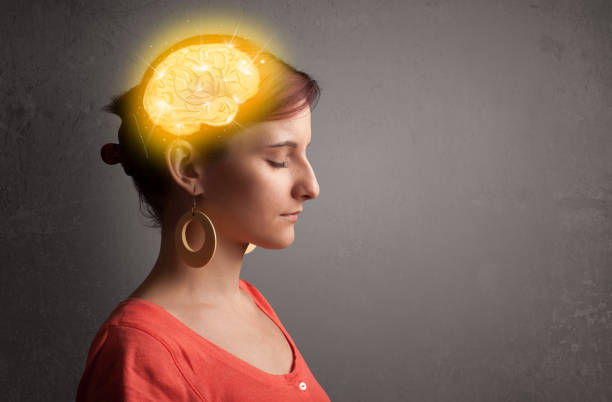We often hear phrases like “change your mind” or “I’ve lost my mind” as if the mind is a separate thing from the brain. But is it really separate? Where does the mind come from, and how does it work? Let’s break it down in simple terms.
Table of Contents
The Brain vs The Mind
The brain is simple to define, it’s a tangible organ composed of neurons, tissues, and blood vessels. Physicians can scan it, calculate it, or even perform surgery on it.
The mind, though, is not the same. You can’t grasp it or spot it on a scan. But you know that it exists. It’s the voice in your head, the feelings that well up before words, and the sense of yourself on the inside. Unlike with the brain, the mind is more like a process a stream of thoughts, beliefs, feelings, and memories.
Think of it like this: the brain is the hardware, and the mind is the software that operates on it.
Where Did the Concept of the “Mind” Originate?
Well before neuroscience, humans already knew they possessed something beyond flesh and bones. Various cultures referred to it as the soul, spirit, will, or consciousness. These early labels were the first attempts by humans to describe the inner world.
Now science understands the mind to be an emergent phenomenon of the brain. Just as a traffic jam is not due to one car but to many cars moving simultaneously, the mind emerges from billions of neurons firing simultaneously. It’s not one particular place in the brain, it’s the pattern of activity that produces awareness and identity.
The Rules of the Mind: Patterns, Loops, and Filters
Your brain doesn’t simply process information, it interprets meaning. Here’s the process:
- Patterns: Your mind is addicted to stories and relationships. Even when there’s no meaning, it attempts to make one. This assists us in survival but also renders us biased or obstinate.
- Loops: A great deal of what we refer to as thinking is merely habit and routine. These short circuits in the brain save energy but can also catch us in past fears, ideas, or habits.
- Filters: The brain is not able to process everything, so it only selects what it believes is important. It’s the reason that two individuals witness the same thing and leave with entirely different ideas.
And then there is emotion. And here’s the truth: feelings tend to precede logic. Not at all irrational, emotions are what make life worth living and make decisions a powerful force.
How Do You Change a Mind?
If the mind races in circles and screens, can it actually change? Yes, it’s not easy.
- Safety First: The brain resists change because change is perceived as risky. Feelings and social safety make it safe to consider new ideas.
- Friction Matters: Facts alone don’t usually alter minds. People change when reality conflicts with established assumptions and makes them reconsider.
- Curiosity Wins: The most resilient minds aren’t the ones with all the answers but the ones that pose better questions.
Your brain is like a muscle, and it can become stronger with practice or frail with neglect. With curiosity, humility, and self-awareness, you can reprogram your mind, break loops, and open yourself to growth.

Why This Matters
We don’t only possess minds, we are minds. Knowing how they define our identity, direct our actions, and determine our choices could be one of the most empowering things we will ever know.
Learning about the distinction between the brain and the mind helps us further understand ourselves and how we can improve for good.




